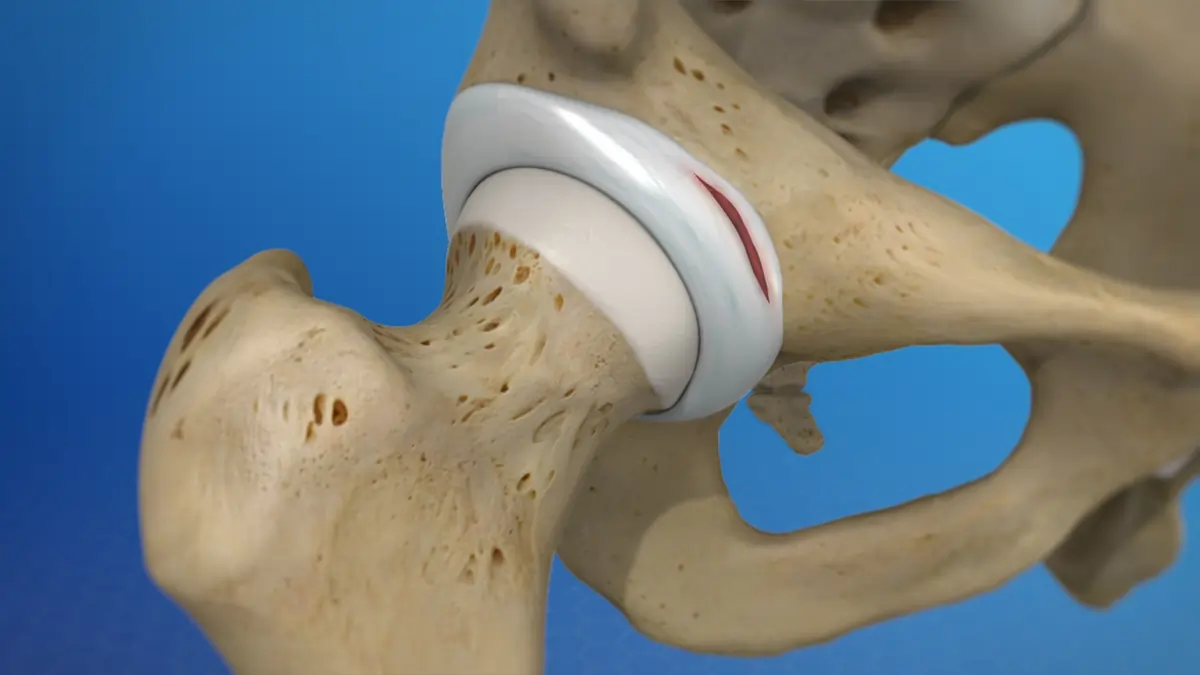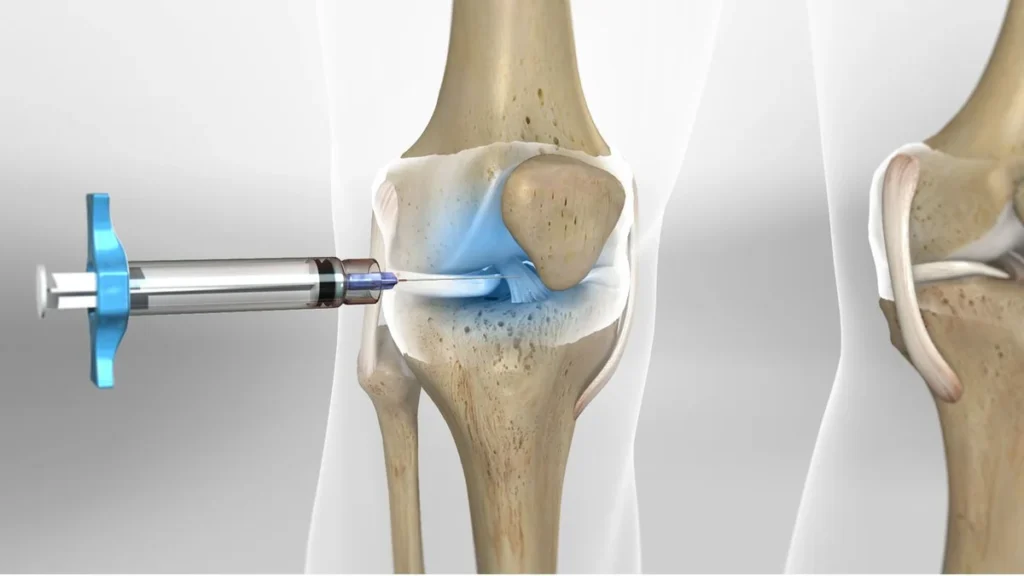Labrum injury in the shoulder is a common cause of shoulder pain, especially among athletes. Its diagnosis can be challenging, and its treatment requires skilled intervention.

Anatomy of the Shoulder Joint
The main shoulder joint is formed by the articulation of the arm bone (humerus) and the shoulder blade (scapula). In this joint, the head of the arm bone is adjacent to a part of the shoulder blade called the glenoid cavity.
Role of the Glenoid Cavity and Labrum
The glenoid cavity is shallow, resembling the relationship of a basketball sitting on a plate. This specific shape means that, unlike the hip joint, the shoulder joint does not inherently have stability. Instead, its stability largely depends on the surrounding soft tissue (muscles, ligaments, and tendons). The labrum, a tissue similar to the knee meniscus (a mix of ligament and cartilage tissue), surrounds the edge of the glenoid cavity, enhancing the joint’s stability.
Labrum Injury: Mechanism and Causes
- How Labrum Injury Occurs During intense movements in the shoulder joint, the labrum can get trapped between the head of the arm bone and the edge of the glenoid cavity. This can lead to a tear in the labrum.
- Impact of the Tear on Tendons and Ligaments Several important tendons and ligaments for shoulder stability, like the biceps tendon, are attached to the labrum. A tear in the labrum can impair the function of these tissues, causing instability and pain in the shoulder joint.
- Main Causes of Labrum Tear
- Tear due to Trauma or Physical Activity The labrum can tear due to a fall on an outstretched hand or a severe impact of the arm bone’s head against the glenoid cavity’s edge. Such tears can also occur during intense physical activities or sports that heavily involve the shoulder.
- Instability and Recurrent Subluxations of the Shoulder In unstable shoulders repeated partial dislocations of the arm bone can lead to labrum tears.
Effects of Labrum Tear on Muscles
- Role of the Biceps Muscle The biceps muscle, a major muscle at the front of the arm, has two tendons, one of which attaches to the front and top of the glenoid cavity and the labrum. The sudden strain on this tendon can cause the labrum to detach from the edge of the glenoid cavity.
- Specific Sports Injuries Injuries during specific actions like throwing a baseball, lifting weights overhead in weightlifting, or striking a golf ball can cause severe strain on the tendon and detachment of the labrum.

To make an appointment or get an online consultation with Dr. Nader Motallebi Zadeh, Limb lengthening surgeon, proceed here.
Types of Labrum Lesions
- SLAP (Superior Labrum Anterior and Posterior) and Bankart Lesions
- When a tear occurs in the upper parts of the labrum, at the site where the biceps tendon attaches, it is referred to as a SLAP lesion. Conversely, tears that occur in the lower part of the labrum are known as Bankart lesions.
Symptoms of Labrum Tear
Primary Symptoms of Labrum Tear in the Shoulder
The most significant symptom of a labrum tear in the shoulder is a sudden sensation of displacement or movement within the shoulder, accompanied by a clicking sound. Following this sensation, the shoulder may remain painful for several hours. Another symptom of this injury is instability in the shoulder joint, characterized by a feeling of looseness.
Diagnosis of Labrum Tear
Consultation and Examination by a Physician
Initially, the physician will discuss with the patient about the nature of the pain and the factors that triggered its onset. Specific examinations are then conducted to diagnose this injury.
Physical Examinations
One such examination involves the patient attempting to raise their hand towards their head, which may be accompanied by pain and sometimes a popping or clicking sound in the shoulder joint. Another examination includes holding the patient’s arm extended in front of the body with the palm facing downwards. The physician will then try to push the arm downwards, a movement that can cause pain in the shoulder.
Imaging Techniques
Imaging methods such as MRI or CT scans, often combined with the injection of a contrast medium into the joint, are sometimes used for diagnosis.
Use of Arthroscopy for Accurate Diagnosis
Despite these tools, diagnosing a labrum tear can still be challenging. In many cases, arthroscopy, which allows for direct observation inside the shoulder joint, is used for a definitive diagnosis.
Treatment of Labrum Tear
Non-surgical Interventions
Initial treatment for a labrum tear includes non-surgical methods such as rest, avoiding intense sporting activities, the use of anti-inflammatory medications like Naproxen and Celecoxib, and physiotherapy.
Role of Physiotherapy in Treatment
Physiotherapy mainly involves the use of heat and cold treatments, stretching exercises to increase the joint’s range of motion, and strengthening exercises for the rotator cuff muscles. Strengthening the rotator cuff helps increase joint stability and prevents recurrent partial dislocations, thereby reducing pressure on the labrum.
Surgical Options
If the patient’s problems persist after 4 to 6 weeks of these interventions, the physician may consider surgery.
- Surgical Treatment for Small Labrum Tears If the labrum tear is small and the main problem is the trapped torn part in the joint causing pain, the treatment involves removing the torn part of the labrum.
- Surgical Treatment for Extensive Labrum Tears In cases where the labrum tear is extensive and causes shoulder instability, the treatment involves repairing the tear. In this repair, the detached part of the labrum is reattached using special screws. These surgical procedures are usually performed using arthroscopy.

To make an appointment or get an online consultation with Dr. Nader Motallebi Zadeh, Limb lengthening surgeon, proceed here.



